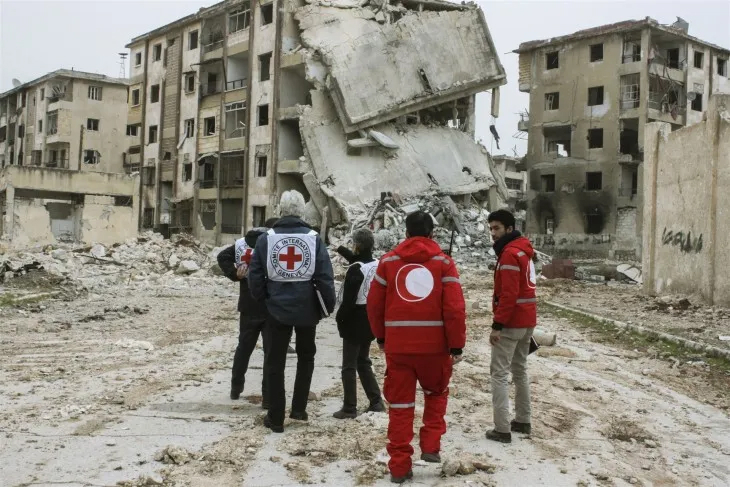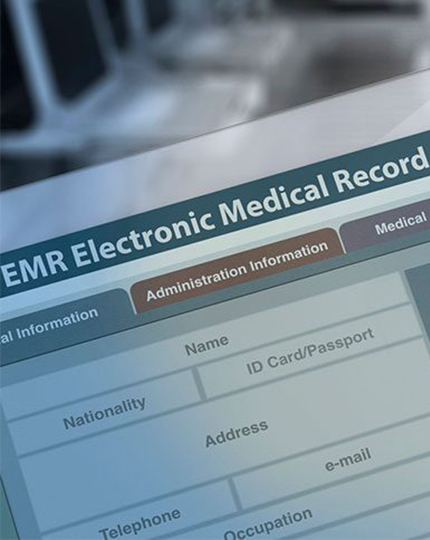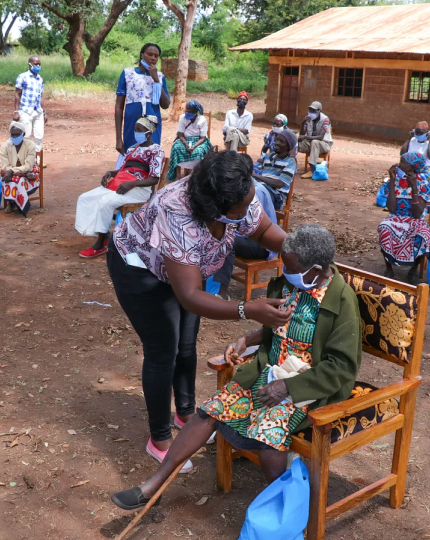Humanitarian organizations play a critical role in providing healthcare services to underserved communities and conflict-hit regions around the world. However, delivering quality healthcare in remote and resource-limited areas can be challenging. One solution that has gained popularity in recent years is the use of telehealth and electronic medical records (EMR) systems. These technologies can help bridge the gap between patients and healthcare providers, enabling organizations to provide better care to more people.
In this article, we will discuss five tips for successfully implementing telehealth and EMR solutions in humanitarian organizations.
Understand the Needs of Your Target Population
The first step in implementing any healthcare solution is to understand the needs of the target population. Telehealth and EMR solutions should be designed to address the specific healthcare challenges faced by the communities being served. For example, if the population being served is rural, the solution should be tailored to address the challenges of accessing care in remote areas. If the population has a high prevalence of chronic conditions like diabetes or hypertension, the solution should be designed to support the management of these conditions.

To understand the needs of the target population, it is important to engage with local stakeholders, including healthcare providers, community leaders, and patients. Conducting a needs assessment can help identify the specific healthcare challenges faced by the community and inform the design of telehealth and EMR solutions.
Choose the Right Technology
Once you have a good understanding of the needs of the target population, it is important to choose the right technology to meet those needs. There are many different telehealth and EMR solutions available, each with its own strengths and weaknesses. Some solutions may be better suited for specific healthcare challenges, while others may be more flexible and adaptable.
When choosing a telehealth or EMR solution, it is important to consider factors such as cost, ease of use, scalability, and interoperability. It is also important to consider the technical expertise of the local staff who will be responsible for implementing and maintaining the system.
Provide Adequate Training and Support
Implementing a new technology can be challenging, especially for staff who may not be familiar with the technology or may not have a strong technical background. Providing adequate training and support is critical to the success of the implementation.
Training should be provided to all staff who will be using the system, including healthcare providers, administrative staff, and IT support staff. The training should cover all aspects of the system, including how to use the software, how to troubleshoot common problems, and how to ensure data security and privacy.
In addition to training, it is important to provide ongoing technical support to ensure that the system is running smoothly and any issues are resolved quickly. This may involve having local IT staff on hand to provide support, or it may involve outsourcing technical support to a third-party provider.
Leverage Partnerships and Collaborations
Implementing telehealth and EMR solutions in a humanitarian context is not something that can be done alone. It requires partnerships and collaborations with other organizations and stakeholders. These partnerships can bring in additional expertise, resources, and funding. They can also help to ensure that the technology solution is integrated with other healthcare services and systems. It is important to identify potential partners and collaborators early on in the project and to establish clear roles and responsibilities to ensure that the project stays on track. A few EMR companies, such as OphyCare, have emerged to the surface in recent years that specialize in providing EMR and digital health technology to humanitarian and medical mission organizations.
Monitor and Evaluate the System
Finally, it is important to monitor and evaluate the telehealth and EMR system on an ongoing basis to ensure that it is meeting the needs of the target population and providing value to the organization. This may involve collecting and analyzing data on system usage, patient outcomes, and provider satisfaction. Monitoring and evaluation can help identify areas where the system may need improvement or where additional training or support may be required.
Conclusion
In conclusion, implementing telehealth and EMR solutions in a humanitarian context is not without its challenges, but it can deliver significant benefits for both healthcare providers and patients. By following these five tips, humanitarian organizations can successfully implement these technologies and deliver quality healthcare services to some of the most vulnerable populations in the world. A clear strategy, stakeholder engagement, training and support, partnerships and collaborations, and monitoring and evaluation are all critical components of a successful implementation project. With the right approach, telehealth and EMR solutions can transform the delivery of healthcare services in a humanitarian context and help to improve the lives in underserved regions.
OphyCare is an award-winning industry-leading EMR company builds provides digital healthcare ecosystem solutions designed specifically to overcome the challenges faced by humanitarian organizations working to improve the healthcare situation in underprivileged regions of the world. Contact us now to schedule a demo.


